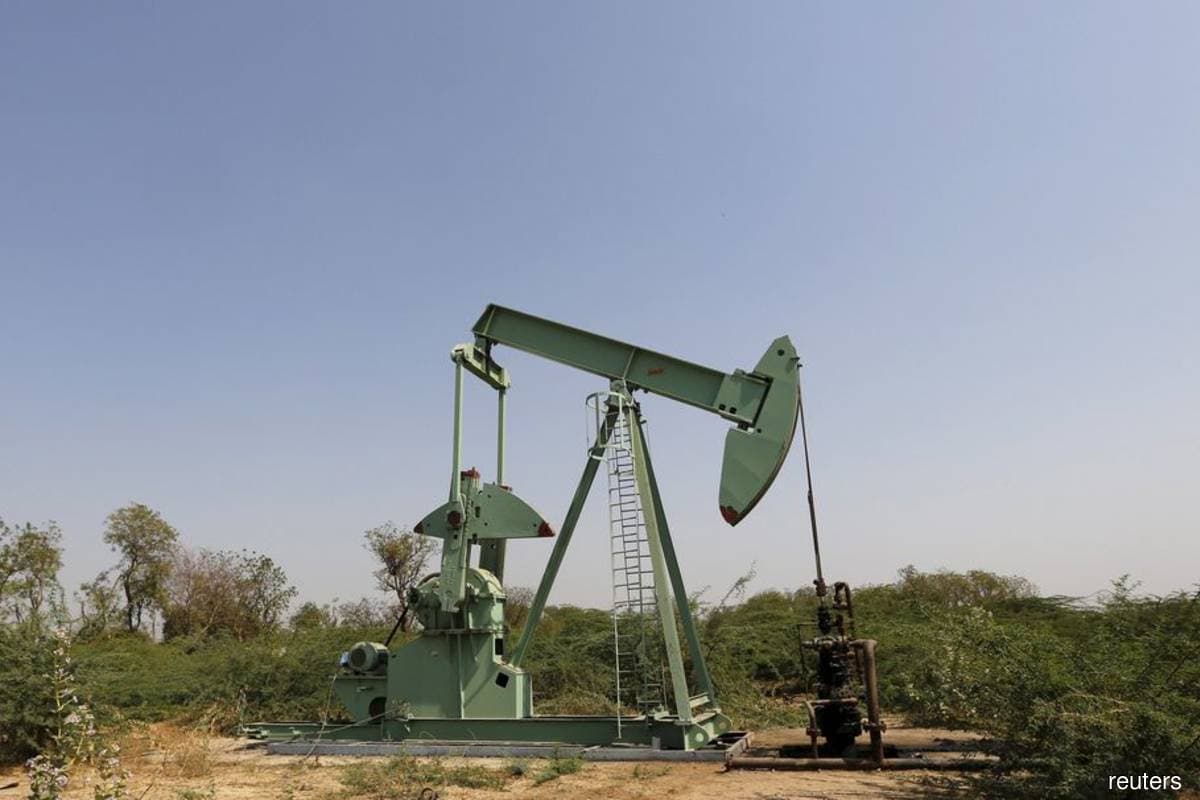
KUALA LUMPUR (Aug 17): US shale oil producers are in line to suffer more than US$10 billion (RM44.65 billion) in derivative hedging losses this year if oil prices remain around US$100 per barrel.
In a statement on Tuesday (Aug 16), Oslo-based Rystad Energy said many shale operators offset their risk exposure through derivative hedging, helping them to raise capital for operations more efficiently.
It said those who hedged at lower prices last year are in line to suffer significant associated losses, as their contracts mean they cannot capitalise on sky-high prices.
Despite these hedging losses, record-high cash flow and net income have been widely reported by US onshore exploration and production (E&P) companies this earnings season.
These operators are now adapting their strategies and negotiating contracts for the second half of 2022 and 2023, based on current high prices, so if oil prices fall next year, these agile E&P companies will be able to capitalise on them and likely boast even stronger financials.
Rystad said that anticipating the significant negative impact of these hedges, shale operators made a concerted effort in the first half of this year to lower their exposure, and limit the impact on their balance sheets.
It said many operators had successfully negotiated higher ceilings for 2023 contracts, and based on current reported hedging activity for next year, even at a crude price of US$100 per barrel, losses would total just US$3 billion, a significant drop from this year.
It said at US$85 per barrel, hedged losses would total US$1.5 billion. If it falls further to US$65, hedging activity would be a net earner for operators.
Rystad said E&Ps typically employ derivative hedging to limit cash flow risks and secure funding for operations.
However, it said commodity derivative hedging is not the only risk management strategy operators use.
Rystad’s analysis looked at a peer group of 28 US light tight oil producers, whose collective guided 2022 oil production accounts for close to 40% of the expected US shale total.
Of this group, 21 operators have detailed their 2022 hedging positions as of August.
The firm said the group includes all public hedging activity in the sector, as supermajors do not employ derivative hedging as a funding strategy, and private operators do not disclose their hedges publicly.
Rystad vice-president Alisa Lukash said with huge losses on the table, operators had been frantically adapting their hedging strategies to minimise losses this year and next.
“As a result, we may not have seen peak cash flow in the industry yet, which is hard to believe given the soaring financials reported in recent weeks,” said Lukash.
